
Gayane is a four-act ballet with music by Aram Khachaturian. Originally composed in or before 1939, when it was first produced as Happiness. Revised in 1941–42 to a libretto by Konstantin Derzhavin and with choreography by Nina Aleksandrovna Anisimova, the score was revised in 1952 and in 1957, with a new plot. The stage design was by Nathan Altman (scenery) and Tatyana Bruni (costumes).
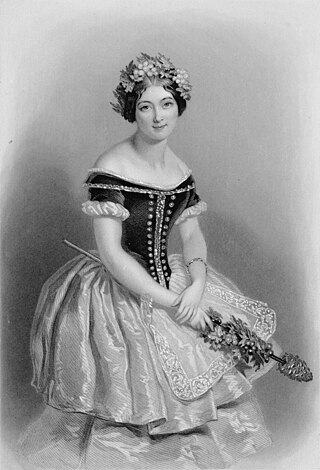
Giselle, originally titled Giselle, ou les Wilis, is a romantic ballet in two acts with music by Adolphe Adam. Considered a masterwork in the classical ballet performance canon, it was first performed by the Ballet du Théâtre de l'Académie Royale de Musique at the Salle Le Peletier in Paris on 28 June 1841, with Italian ballerina Carlotta Grisi as Giselle. It was an unqualified triumph. It became hugely popular and was staged at once across Europe, Russia, and the United States.

The Mariinsky Theatre is a historic opera house in Saint Petersburg, Russia. Opened in 1860, it became the preeminent music theatre of late 19th-century Russia, where many of the stage masterpieces of Tchaikovsky, Mussorgsky, and Rimsky-Korsakov received their premieres. Through most of the Soviet era, it was known as the Kirov Theatre. Today, the Mariinsky Theatre is home to the Mariinsky Ballet, Mariinsky Opera and Mariinsky Orchestra. Since Yuri Temirkanov's retirement in 1988, the conductor Valery Gergiev has served as the theatre's general director.
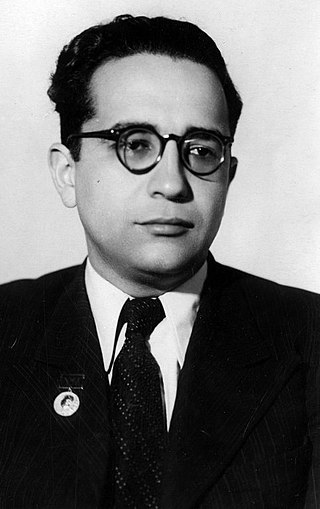
Gara Abulfaz oghlu Garayev was a prominent Soviet Azerbaijani composer. Garayev wrote nearly 110 musical pieces, including ballets, operas, symphonic and chamber pieces, solos for piano, cantatas, songs, and marches, and rose to prominence not only in the Azerbaijan SSR, but also in the rest of the Soviet Union and worldwide.

Romeo and Juliet, Op. 64, is a ballet by Sergei Prokofiev based on William Shakespeare's play Romeo and Juliet. First composed in 1935, it was substantially revised for its Soviet premiere in early 1940. Prokofiev made from the ballet three orchestral suites and a suite for solo piano.
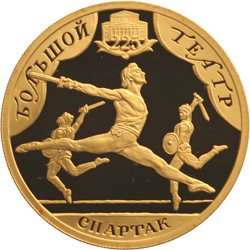
Spartacus is a ballet by Aram Khachaturian (1903–1978). The work follows the exploits of Spartacus, the leader of the slave uprising against the Romans known as the Third Servile War, although the ballet's storyline takes considerable liberties with the historical record. Khachaturian composed Spartacus in 1954, and was awarded a Lenin Prize for the composition that same year. It was first staged in Leningrad on 27 December 1956, as choreographed by Leonid Yakobson, for the Kirov Theatre of Opera and Ballet, where it stayed in repertory for many years, but only with qualified success since Yakobson abandoned conventional pointe in his choreography. Yakobson restaged his version for the Bolshoi in 1962 and it was part of the Bolshoi's 1962 tour to New York. The ballet received its first staging at the Bolshoi Theatre, Moscow in 1958, choreographed by Igor Moiseyev; however it was the 1968 production, choreographed by Yury Grigorovich, which achieved the greatest acclaim for the ballet.

Le Corsaire is a ballet typically presented in three acts, with a libretto originally created by Jules-Henri Vernoy de Saint-Georges loosely based on the poem The Corsair by Lord Byron. Originally choreographed by Joseph Mazilier to the music of Adolphe Adam and other composers, it was first presented by the ballet of the Théâtre Impérial de l’Opéra in Paris on 23 January 1856. All modern productions of Le Corsaire are derived from the revivals staged by the Ballet Master Marius Petipa for the Imperial Ballet of St. Petersburg throughout the mid to late 19th century.
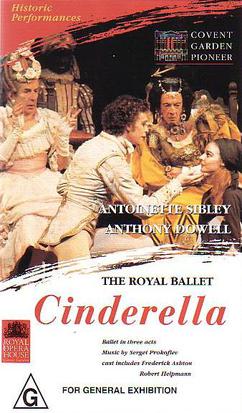
This version of the Cinderella ballet, using Sergei Prokofiev's Cinderella music and re-choreographed by Frederick Ashton, is a comic ballet.
La Esmeralda is a ballet in three acts and five scenes, inspired by the 1831 novel Notre-Dame de Paris by Victor Hugo, originally choreographed by Jules Perrot to music by Cesare Pugni, with sets by William Grieve and costumes by Mme. Copère.
Maurice Thiriet was a French composer of classical and film music.

Valery Matveevich Panov is a Soviet dancer and choreographer. Born and raised in the Soviet Union, he trained in Leningrad and performed with the Kirov from 1964 to 1972. He and his second wife Galina, who was a ballerina at the Kirov, came to international attention in 1972 when they applied for exit visas to emigrate to Israel, which they were given in 1974. Panov worked with the Berlin Opera Ballet, as well as companies in other western European and North American countries, during the late 1970s and 1980s. He formed the Ashdod Art Centre in Israel, in 1993, and five years later founded the Panov Ballet Theatre, also in Ashdod.
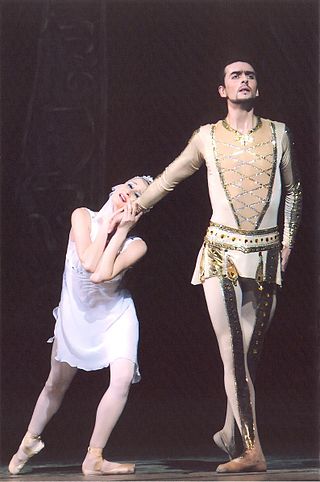
Seven Beauties is an Azerbaijani ballet composed by Gara Garayev in 1947–48 to mark the 800th anniversary of the classical poet Nizami Ganjavi. Gara Garayev’s creative activity has strong bound with Nizami Ganjavi. Set in the 12th century, the libretto by I. Hidayetzade, Yuri Slonimsky and Sabit Rahman is based on motifs from Ganjavi’s Seven beauties poem, written in 1197.

Opera in Azerbaijan has a history dating back to the 19th century Russian Empire.
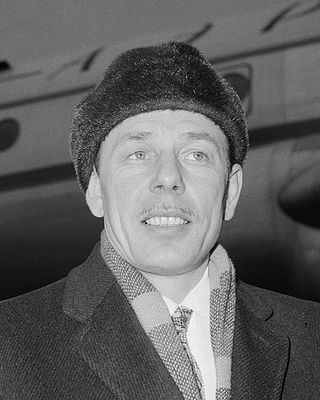
Igor Dmitrievich Belsky was a Russian ballet dancer and choreographer. After 20 years of solo work (1942–62) he became a chief choreographer of Maly Theatre (1962–73), artistic director of Kirov Ballet (1973–77), artistic director of Cairo Ballet (1977–78), chief ballet master at the Leningrad Music Hall (1979–92), and artistic director of the Vaganova Academy of Russian Ballet.

Azerbaijani ballet is the training methods and aesthetic qualities seen in classical ballet in Azerbaijan.
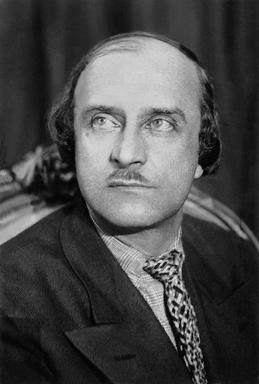
Fyodor Vasilyevich Lopukhov was a Soviet and Russian ballet dancer and choreographer. People's Artist of the RSFSR (1956).
Nazim Asadulla oghlu Rzayev was an Azerbaijani conductor, head of the chamber orchestra of the Azerbaijani television and radio, People's Artist of the Azerbaijan SSR, laureate of the USSR and Azerbaijan State Prizes, professor.

Rafiga Haji gizi Akhundova was an Azerbaijani ballet dancer, ballet master and People's Artiste of the Azerbaijan SSR (1970).
Magsud Davud oghlu Mammadov is a Soviet and Azerbaijani ballet dancer and ballet master. People's Artiste of the Azerbaijan SSR (1970).
Larissa Kaur is an Estonian dancer.













